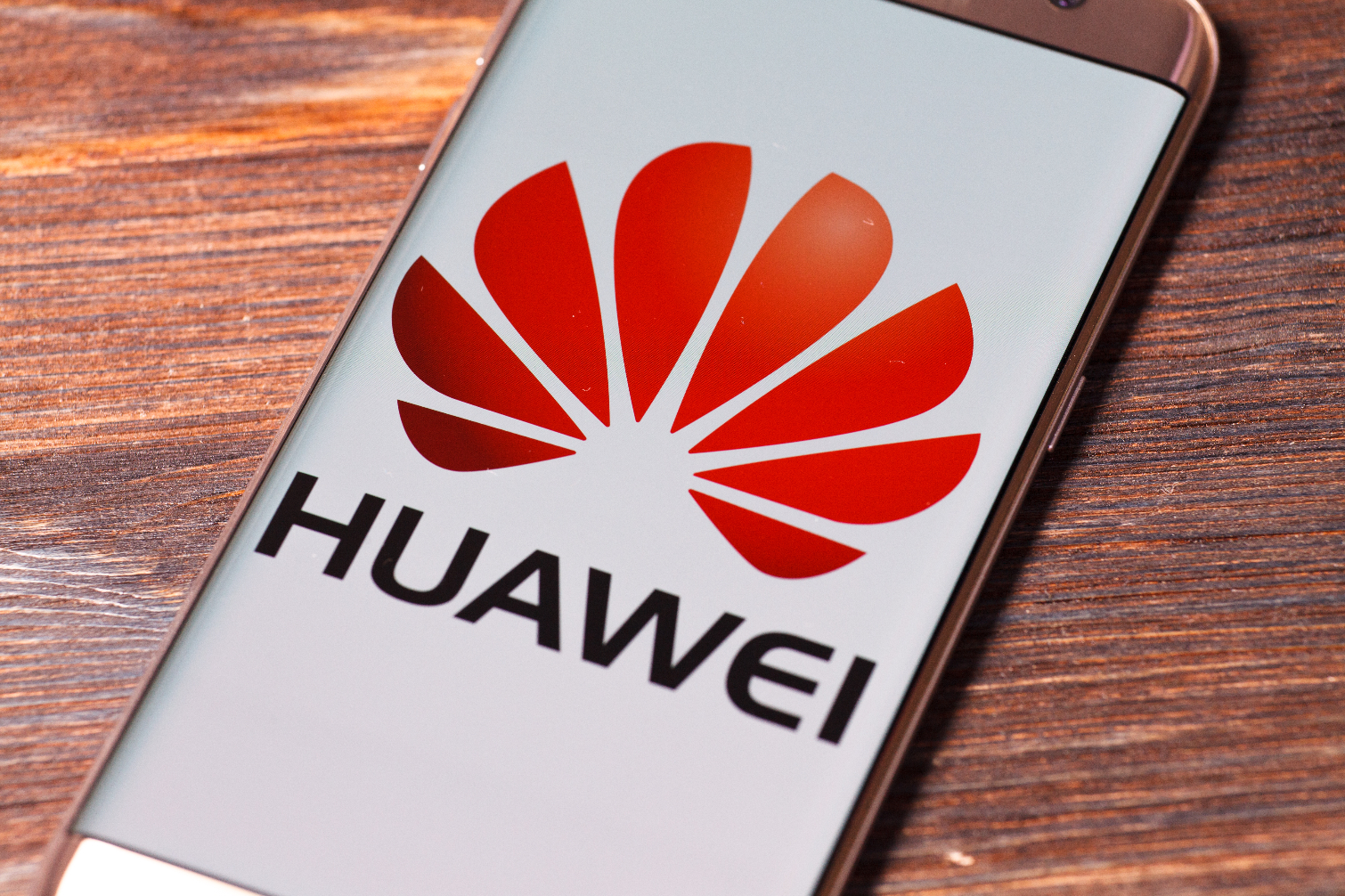Huawei's Ready but Unwilling to Replace Android and Windows (Update)
Updated, 5/28/19, 5:40am PT: So much for Huawei not ditching Android and Windows in favor of its operating system. TechRadar reported that Huawei plans to roll out its platform next month. "We did not want to bring the OS to the market as we had a strong relationship with Google and others and did not want to ruin the relationship," Alaa Elshimy, Managing Director and Vice President of Huawei Enterprise Business Group Middle East, told the outlet. "Now, we are rolling it out next month."
TechRadar also said that Huawei expects Android apps to work with its operating system without requiring any work from developers. That could go a long way towards promoting the platform's viability--the quantity and quality of available apps is essential to any mobile offering. Huawei would still have other problems to solve, from its supply chain issues to it being barred from using industry standard technologies like Wi-Fi, but at least its phones would have apps. Other details about the rollout--like when exactly it will occur and whether or not it will be in a few markets to start--weren't provided. Huawei should reveal more soon.
Original article, 5/21/19, 10:52am PT:
Huawei is starting to seem like the smartphone industry's equivalent to a doomsday prepper. You know the type: stockpiles canned goods, owns more guns than a sporting goods store, hates reminding people the headpieces are made from tin foil instead of aluminum foil. That's essentially what Huawei did--presumably minus the bit about foils--by creating its own mobile and PC operating system in case it couldn't keep relying on Android and Windows.
The difference here is that Huawei's apocalypse kinda-sorta happened. The U.S. Department of Commerce announced on May 15 that the company was put on the Entity List, which makes it far more difficult for it to do business with American companies. Much of the U.S. tech industry was quick to comply: within a few days, Google, Intel, Qualcomm, Broadcom, and Xilinx had reportedly told employees they would no longer supply Huawei.
That's where Huawei's preparations come in. The company has reportedly stockpiled enough components to last three months, which should mitigate the loss incurred by being cut off from the American semiconductor industry. (To an extent--some analysts warned that Huawei wasn't nearly as ready to stop relying on U.S. companies as it thought.) It prepared for the loss of Android and Windows, too, by starting development on its own OS.
Huawei told South China Morning Post that it didn't actually want to use its own OS. "Huawei does have backup systems but only for use in extenuating circumstances. We don't expect to use them, and to be honest, we don't want to use them. We fully support our partners' operating systems – we love using them and our customers love using them. Android and Windows will always remain our first choices." But circumstances have been extenuated.
Get Tom's Hardware's best news and in-depth reviews, straight to your inbox.
SCMP reported that Huawei's work on its operating system began in 2012 after the U.S. started to investigate it and ZTE. Huawei Consumer Business Group CEO Richard Yu also told the German magazine Die Welt in March that the company had developed its own platform, though he also said it was "Plan B." Just like the doomsday prepper who hopes never to use their stash, Huawei didn't actually want to switch from American operating systems.
It might not have to. The U.S. Bureau of Industry and Security announced on May 20 that it would issue a temporary license to let American companies do business with Huawei for 90 days. Tensions between the U.S. and China might have fallen by then, which could allow Huawei to keep using Android and Windows going forward. The company seems to be ready for it to go either way, at least for the (very) short term, thanks to these preparations.

Nathaniel Mott is a freelance news and features writer for Tom's Hardware US, covering breaking news, security, and the silliest aspects of the tech industry.
